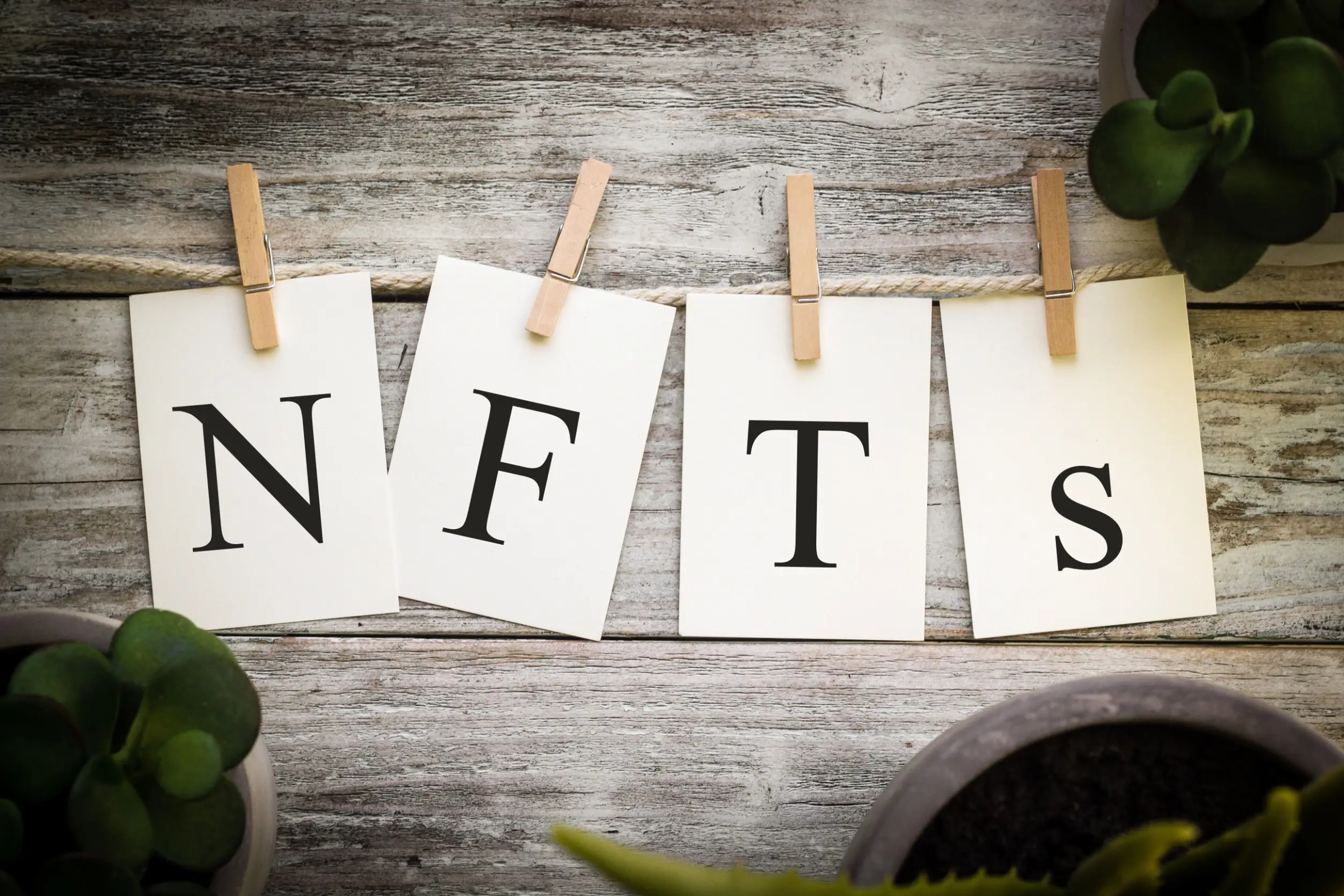The Living Dead: Corporations Find New “Life” in Waning NFT Market

Rob Ewing

If you’re thinking NFTs don’t look too good right now, you’d be right. And wrong.
The truth is, the 2022 NFT market has solidly outpaced 2021, so from that perspective, it’s alive and well. Despite this though, the overall hype experienced in 2021 has definitely left the building. At least that’s what the Wall Street Journal indicated earlier this year.
So what’s going on exactly? Should anyone in their right mind still be thinking about buying or selling NFTs? And more importantly, why should business leaders care one way or another?
An Introduction to NFTs
If you’re new to the NFT arena, a quick run-through might be in order. Of course, if you’re already familiar with the inside and outs, feel free to jump ahead.
A non-fungible token, or NFT, is definitely a weird term. Weird in that it says everything somehow, yet simultaneously, nothing at all. Digital terms are like that sometimes. Admittedly though, this one makes a bit more sense if you’re familiar with blockchain technology or how tokens (digital assets) are distinguished from other assets. Non-fungibility refers to the asset's uniqueness, and how it cannot be substituted for another asset, even one that looks very similar, or even identical in appearance.
It helps if you think of digital assets as having fingerprints where no two are exactly alike, such is the case with identical twins. The same, but different. Get it?
Basically, NFTs are unmodifiable cryptographic assets that live on a blockchain and have unique identification codes and metadata that distinguish them from other assets. They can be pretty much anything too, digitally speaking of course…a drawing, a picture of a real-life object, a music recording, a document, even an audio file of you snoring. Mostly though, you’ll hear it associated with digital “art” (or not art depending on which side of the debate you’re on).

Once minted on a blockchain network (think created), NFTs can be bought, sold, and traded through an NFT-dedicated open market, through which the ownership and rights of that NFT are transferred from one party to another. Of course, there’s more to it, but that’s the gist.
Most NFTs are created and stored on the Ethereum network, though other blockchains like Cardano (ADA), BNB Chain (BNB), Solana (SOL), Tezos (XTZ), and Flow also support NFTs. There are literally dozens of marketplaces too, including OpenSea, Axie, and Mintable just to name a few.
Answering the Volatility
The promise of NFTs early on was money (and still is), but the wafting scent that called every creator (and wannabe creator) out there to the marketplace to cash in on their creations, has waned pretty significantly.
According to blockchain tracker DappRadar, Q3 of 2022 saw only $3.4 billion in NFT sales. For those playing at home, that’s less than half of the previous quarter, and far, far less than the market’s peak in Q1.
But what’s causing the decline?
Well, it depends on who you ask.
Some say that rising bank rates have caused edgy investors to dump any investment that might be too considered “risky”, NFTs being chief among them. Others insist that the fad of buying “same but not the same” jpegs for ridiculous prices has finally come to a close (and good riddance).
But there are other reasons too, and while not unreasonable, they only highlight the difficulties facing an already troubled NFT landscape. Some people consider the NFT market as a whole a breeding ground for scammers and con men, which is not without merit. Point Conceded. There are indeed plenty of scams on the blockchain. Others simply see no clear use case for NFTs or any potential profitability for assets that have no practical use in the real world. Again, conceded. Others still, see the marketplace as nothing but a fanciful middleman taking a much-undeserved cut out of every sale (queue the collective gasps of every brokerage ever in existence).
In truth though, it’s probably a mixture of things—a little of this, a little of that, and a lot of fear. Interestingly though, none of this seems to faze brands and celebrities from doubling down on the whole NFT concept.
Why Would Brands Even Care?
It’s a bit of a headscratcher given the 2022 downturn, but nevertheless, brands have flocked to NFTs in an almost surreal fashion.
Adidas, Dolce & Gabanna, MAC, and Coca-Cola are just some of the brands that have tapped into the power and promise of the non-fungible. Even Snoop Dogg has joined in just in case there was any doubt about NFT’s cool factor. But small companies are also getting in on the action too, more and more in fact, as the strategic potential of NFTs continues to come to light.

“Strategic” is the operative word here.
Unlike the investor landscape that defines private NFT buying/selling, brands are looking more “big picture”, seeing digital assets as a means to an end rather than a vehicle for the immediate payoff (though immediate payoff certainly remains an option). As the internet has evolved, so have the numerous possibilities for brands to connect and interact with their customers. NFTs provide the perfect vehicle to achieve age-old business objectives, paving the way for heightened brand awareness, more meaningful engagements, and of course, increased revenues.
And when you think about it, NFTs and corporate brands seem almost destined to be, with many heavy hitters still exploring the creative possibilities before them. Many companies have used them to raise capital, offer exclusive content, manage events and registration, offer a tokenized rewards program, manage supply chains, and more—the possibilities (and future blog posts) are practically endless.
Mass Adoption Around the Corner
For all the buzz around NFTs though, most people don’t “get” what they’re about, which is unfortunate since long-term viability will surely rely on their mass adoption. But don’t count NFTs out just yet. Brands have already tapped into the potential of non-fungibles and will continue to do so. And when it comes down to it, maybe that’s exactly how it should be—brands leading the charge, brands proving the value, and brands changing the way business is done.
As Web 3.0 continues to creep into the public’s collective consciousness, so will NFTs. They’ll either make it, or they won’t. Given the rise in corporate usage though and the hyper potential of the blockchain, the non-fungible will probably continue to fascinate (and irritate) us.

Rob Ewing
Managing Partner & VP Brand ArchitectureA veteran of the marketing and advertising industry for the last 20 years and counting, Rob has been instrumental in the development of a number well-known brands from the energy sector to the fine arts. Notable campaign-level clients have included: American Airlines, Sony USA, NBC Universal, Reliant Energy, Butterball, and the Better Business Bureau.
As one of Simple Media’s senior advisors and brand evangelists, Rob blends his extensive knowledge of brand communications, digital solutions architecture, and multi-channel campaign strategies into nearly every challenge he undertakes. When not consulting with clients, Rob lectures on a variety of media-askew topics including brand expansion tactics, entertainment marketing, and licensing.
(He also happens to make a pretty impressive omelet. Just saying.)
CONTRIBUTORS ARE WELCOME
Other recommended thoughts

Want Your Brand More Visible? - How Advertising Agencies Can Help

The Role of a Marketing Agency in Modern Business






